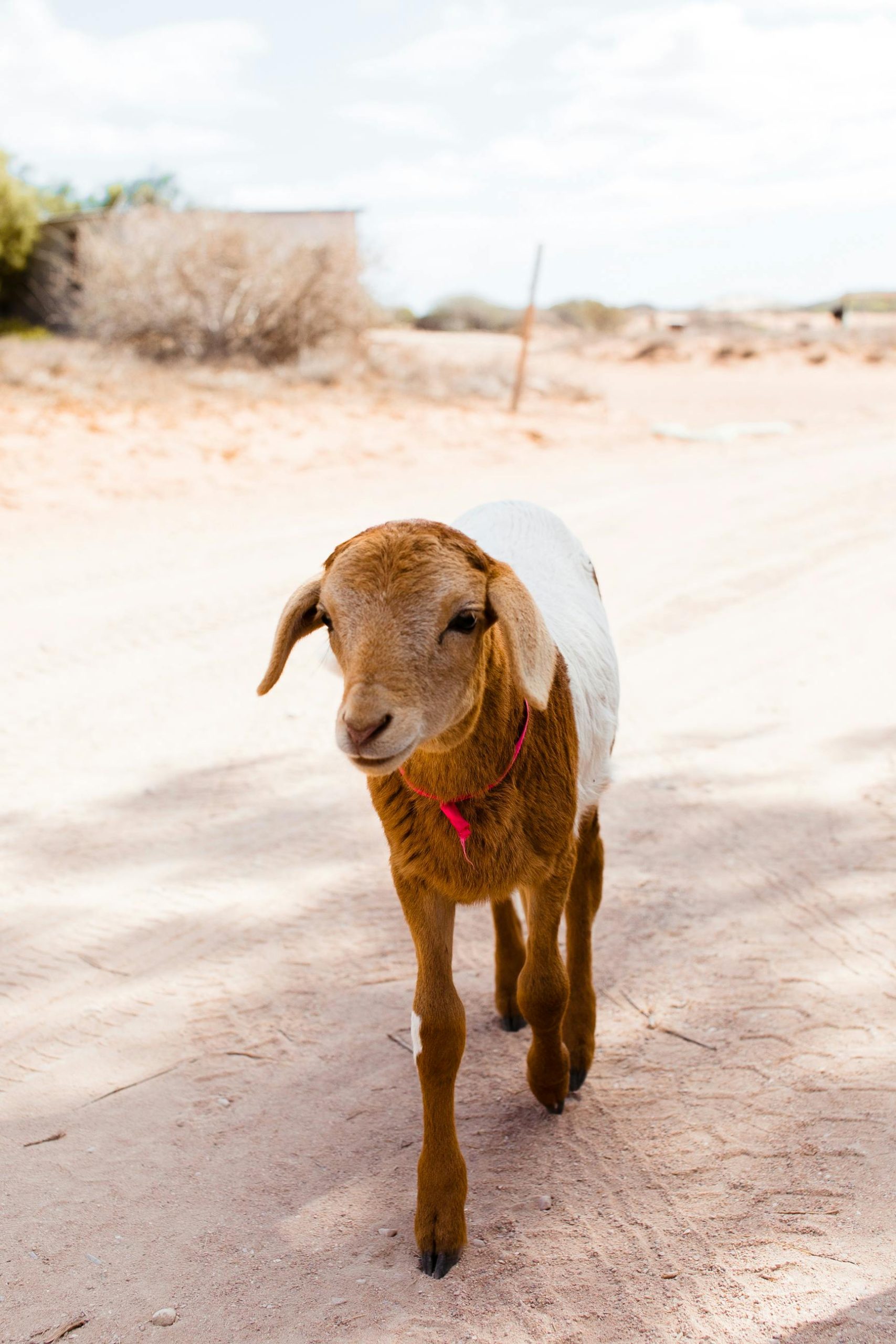How to Perfectly Cook a Tender Lamb Leg
In Greece, a popular method for preparing lamb leg involves wrapping it in baking paper and aluminum foil, along with a drizzle of olive oil, mustard, and herbs. This slow-cooking process typically lasts for 5-6 hours or even longer, allowing the flavors to meld beautifully. At the end, a quick blast of high heat is used to achieve a crispy, golden skin.
The result is lamb that is so tender it can be effortlessly torn from the bone with just a fork. However, there are times when I find that the meat still requires a knife to cut through. I’d love to know how you determine the ideal cooking time to ensure your lamb is perfectly tender every time!

Leave a Reply
You must be logged in to post a comment.